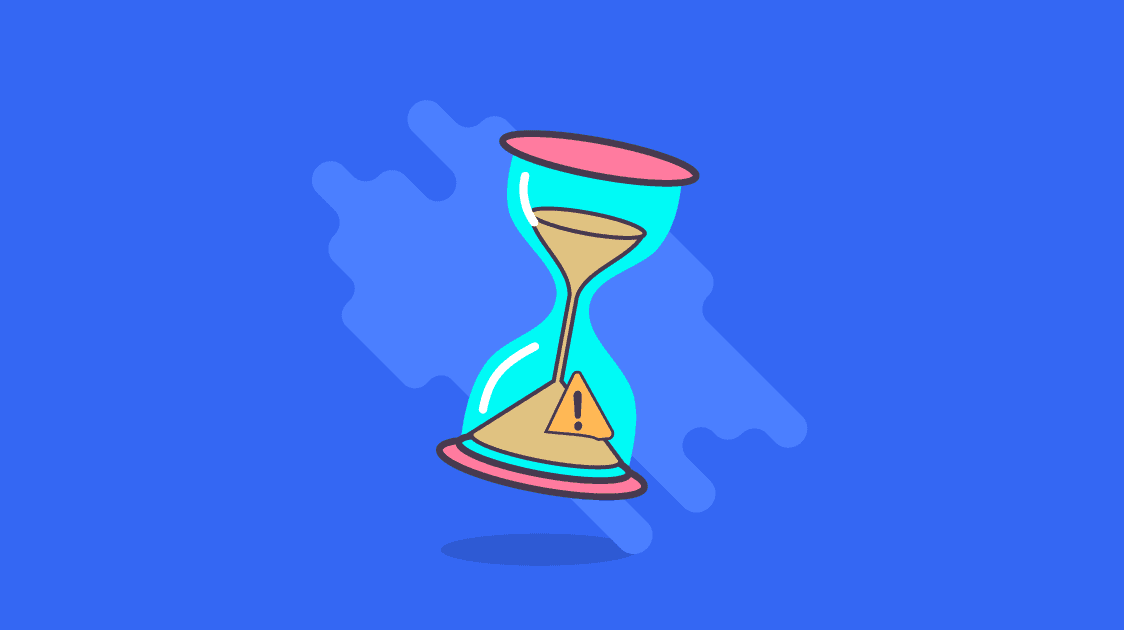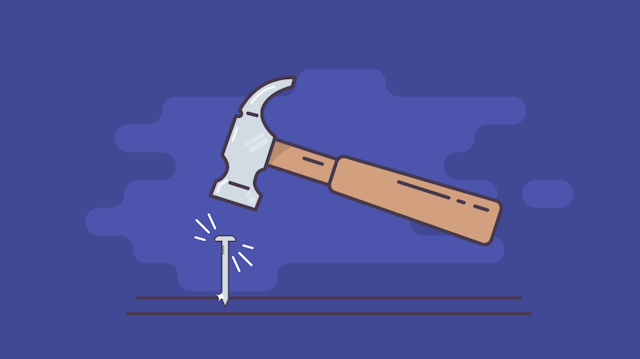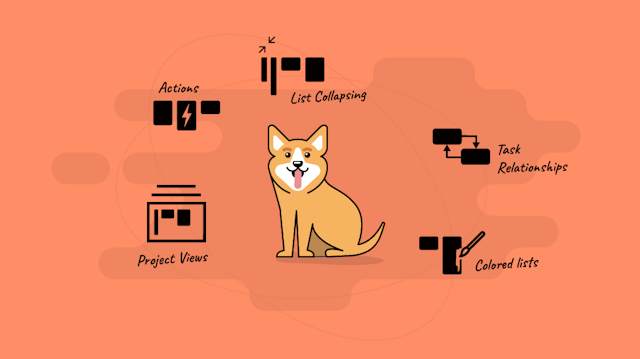A good time management system for saving time is hard to come by. This is because of the different approaches used both by professionals and beginners. Yet, there are some general time management tips that can help you develop your strategy. You can also use them as a foundation for your time management plan. Here is everything you need to know about a 5-step management system for saving 10 hours per week.
- Set the Right Priorities and Achievable Aims
- Use Planning Tools to Aid You
- Identify Unproductive Tasks and Cut Them
- Don’t Multitask – Dedicate Enough Time
- Get Rid of Distractions and Procrastination
- Final Thoughts
What Is Time Management and Why Is It Important?
Time management is about being able to schedule the tasks you need to perform during the day. But this schedule will allow you to complete these tasks on time and even have some spare time afterward. Proper time management will allow you to have breaks between the tasks you perform. This will prevent you from getting exhausted by doing too much in a limited amount of time.
Time management is about planning and organizing your day, week, month, or even year ahead. Time management is also connected to productivity. This is because one of the things you will need to do is to identify unproductive activities you indulge in. This will help you to get rid of them and replace them with something productive. If you don’t do that, your time management strategy will be less effective.
Use time management techniques to set achievable aims and understand your priorities. You should also set short-term and long-term goals. You will increase the time you spend on these priorities. You can expect to reduce the time you spend doing nothing or doing unproductive things. You will drop obstacles in your day-to-day life and complete projects by set deadlines. You will endure high levels of stress and improve the quality of work you do. You will also prevent exhaustion and burnout and get rid of procrastination. And you can become more organized, and boost your morale.
1. Set the Right Priorities and Achievable Aims
The first thing you need to think about is setting the right priorities and achievable aims. This stage is essential because it creates a foundation. You will then use this foundation to build your entire time management system. Your time management system and its success depend on how you set your priorities and aims. If you fail to understand what matters to you and what you want, you won’t be able to create a good plan.
What you should do is set your priorities straight. What is it that matters to you most? Do you want to complete all your tasks as fast as possible? Or do you want to ensure that you complete them while maintaining as much quality as possible? Or do you want to achieve both? In other words, is it quantity over quality or vice versa? Or do other factors matter to you a lot? These will often depend on what you are looking for in life and what you value most (e.g., family vs career).
Once you have set your priorities, you need to set yourself aims and create a guideline. This guideline will help you focus on prioritizing tasks every day. Your aims are like your priorities, so there is not much to say about them. But the guideline for prioritization requires some more elaboration. The best way to group your tasks is by assessing them. You can use ‘importance’ and ‘urgency’ to help you to decide what you should complete first.
2. Use Planning Tools to Aid You
The next thing you can do is find relevant planning tools to aid you in the process. Considering that technology has developed a lot, it would be a shame not to use any free planning apps and tools. You could hire a writer from a writing service reviews site like Online Writers Rating. This writer would write your time management plan for you.
You should also remember that many time management experts recommend using planning tools. This is because they make the process much easier—time management tools like calendar apps, project management systems, note-taking apps, index card apps, and diaries. In the past few years, bullet journals have also gained prominence. These are journals that use a special system for short-term and long-term planning.
Yet, different time management and planning tools don’t work the same for everyone. This is why you should first try different apps and then decide what you prefer using. For example, you have tried using a diary before and it didn’t work because you forgot about it. Using a calendar or a scheduling app might be a better solution for you. You could also try index cards if you like corkboards.
3. Identify Unproductive Tasks and Cut Them
The third step includes identifying unproductive tasks and eliminating them. This is actually way more important than you might think. Unproductive tasks can be harmful to your routine. If you spend your time, energy, and resources on things that are wasteful, you will never be productive.
Moreover, procrastination is another major problem you need to solve. When you procrastinate, you tend to avoid doing what you have to do for different reasons taken out of the blue. You could be on social media, or you could be snacking too much. But both of these are ‘pointless procrastination’. They prevent you from completing the tasks on your to-do list and achieving success. And you wouldn’t want that, would you?
What you should do is identify any tasks that don’t actually contribute to your cause. You could be doing extra actions that you could skip to get through with the process faster. If you get rid of these unproductive tasks, you will be able to streamline your workflow. You will also get more things done in a shorter time, which will, in turn, improve your productivity a lot.
4. Don’t Multitask – Dedicate Enough Time
One of the biggest mistakes you can do when trying to manage your time better is to try multitasking. Most people nowadays value their multitasking skills, but this wasn’t a given before. In fact, our fast pace of life requires flexibility and adaptability. They give us enough time to complete everything we have set out to do. Yet, multitasking can be more harmful than you think because of how it influences you.
If you want, you can hire a professional writer to do the necessary research. Then, the writer will give you a report on the effectiveness of multitasking. Custom writing reviews from Best Writers Online will help you choose a good writer. The basics are: multitasking makes you divide your attention between several different tasks. This prevents you from doing them right and completing them in due time. This also prevents you from feeling energized and ready to work in the long run.
What you should do instead is dedicate enough time for every task you will be working on. If you concentrate on one thing at a time, your energy and resources usage will be more efficient. This will happen because you will concentrate them more and apply them for one task at a time. By doing one task at a time, you will also be completing them faster. This means that you will have more tasks done than when you use the multitasking method.
5. Get Rid of Distractions and Procrastination
Last but not least, you need to get rid of distractions and procrastination. Though procrastinations relates to unproductive tasks, it is also linked to distractions. Both unproductive tasks and distractions can lead to procrastination. While unproductive tasks are within your process, distractions usually come from the outside. Rewriting the same information from paper to digital and snacking too often.
One way to cut distractions is by identifying them and finding solutions for each one. For example, you might find that your devices distract you as well as your pets (if you work from home). In this case, you will want to mute your smartphone/tablet/etc. or turn off notifications. You can also leave them in a different room, depending on whether you will need to use them while working.
Dealing with pets will be harder because you will have to feed them and perform other related tasks on them. To make them work, you will need to incorporate these into your daily routine. Children and other family members are even more difficult to deal with. But the best thing you can do is have a separate “office” room for yourself. Make sure that others can’t visit while you are working there. Once again, you must get rid of distractions to boost your productivity.
Final Thoughts

All in all, it doesn’t matter if you are looking for time management tips for students or CEOs. The tips provided in this article are universal, and everyone should use them. With their help, you will create your own system of time management for saving hours every week. Don’t forget to use all the tips from this article. Otherwise, you might be missing out on something important.
Author's Bio: Frank Hamilton is a blogger and translator from Manchester. He is a professional writing expert in such topics as blogging, digital marketing and self-education. He also loves traveling and speaks Spanish, French, German and English.




